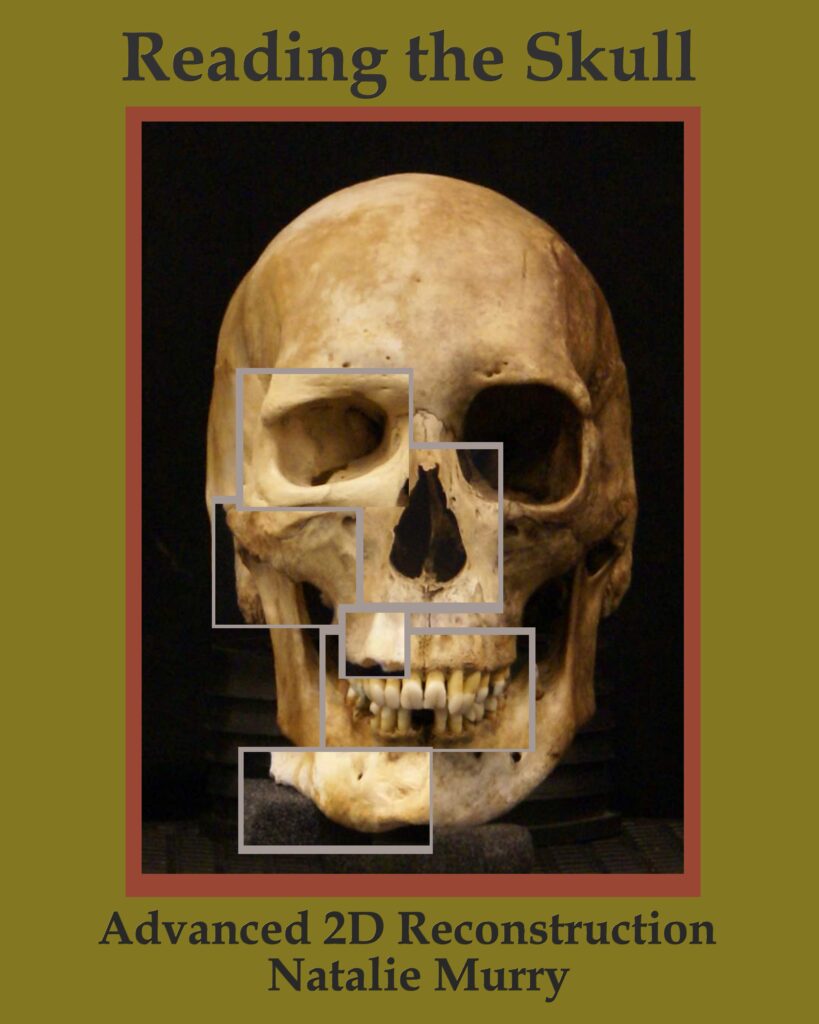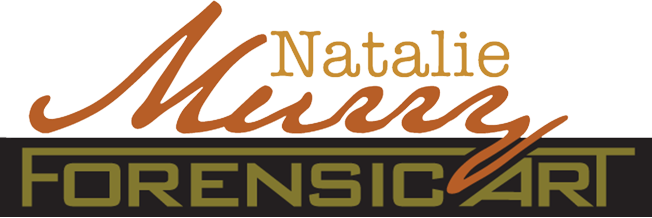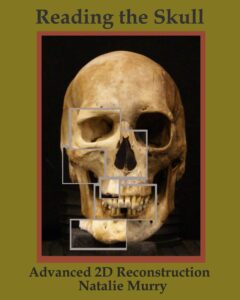
I’ve turned in the manuscript for my latest book, Reading the Skull, to my editor at Caliber Press.
This book is for forensic artists working on unidentified remains cases. In the US, we have only basic information about drawing the features from the skull. I’d like to help artists who don’t do a lot of cases each year and perhaps are not as familiar with specifics on the skull to see it more clearly and recognize what makes the skull in their case unique.
Our training says, for example, to center the eye in the orbital cavity. Latest studies show it is not in fact centered but is slightly higher and wider in the orbital cavity. The supraorbital rim gives information on where the fold of the eyelid should be and the shape of the eyebrow. I show examples of the bones so that artists who don’t see a lot of skulls can see what would be considered an average size to a specific bone and would be robust or delicate.
Additionally, each skull is an individual. They all have things unique to them, and artists should learn to see those. If one nostril is higher than the other, some of the other features of the face follow that pattern. The features work together in harmony.
I show examples of facial harmony, info on each feature including the ears (which we were told in the past could not be determined from the skull), and some case work.
I’ve collected studies for many years and also gone to the forensic anthropology centers at San Marcos TX and Knoxville TN to photograph skulls from their collections and obtain life photos from the donors in order to illustrate information that is important to artists doing reconstructions.
I look forward to sharing what I’ve learned over the past 24 years with other artists in order to help make their work more specific and get identifications on their cases.

